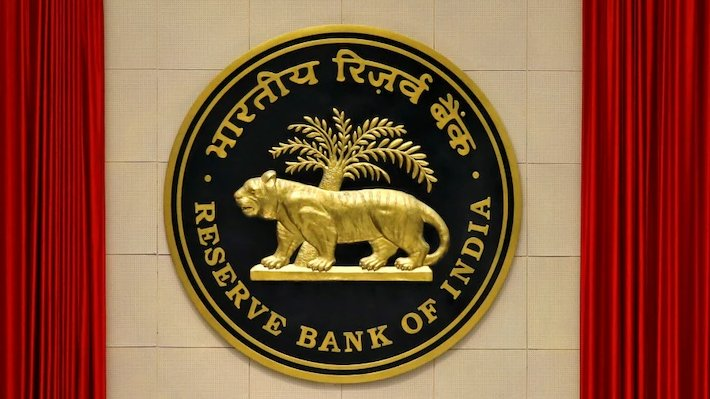India’s foreign exchange reserves have declined for the fourth consecutive week, following a remarkable run that saw them reach an all-time high last month.
According to data released by the Reserve Bank of India (RBI) on Friday, the forex reserves fell by USD 3.463 billion in the week ending October 25, bringing the total reserves to USD 684.805 billion. In the previous three weeks, reserves decreased by USD 3.7 billion, USD 10.7 billion, and USD 2.16 billion, respectively.
Prior to this downturn, India’s forex reserves peaked at a record USD 704.885 billion, driven largely by the RBI’s interventions to prevent a sharp depreciation of the Indian Rupee. A robust foreign exchange reserve acts as a crucial buffer, protecting the domestic economy from external shocks.
The RBI’s latest figures indicate that foreign currency assets (FCA), which comprise the largest segment of the forex reserves, currently stand at USD 593.751 billion. Additionally, gold reserves are reported at USD 68.527 billion.
Estimates suggest that India’s forex reserves are now adequate to cover approximately one year’s worth of projected imports. In 2023, the country added around USD 58 billion to its foreign exchange reserves, a stark contrast to the cumulative decline of USD 71 billion recorded in 2022.
Foreign exchange reserves are assets held by a nation’s central bank or monetary authority, typically denominated in reserve currencies such as the US Dollar, Euro, Japanese Yen, and Pound Sterling.
The RBI closely monitors foreign exchange markets and intervenes to maintain orderly conditions and mitigate excessive volatility in the Rupee’s exchange rate. The central bank does not adhere to a fixed target level or range but instead manages liquidity through strategies such as selling dollars to curb steep declines in the Rupee’s value.
Over the past decade, the Indian Rupee has transitioned from being one of the most volatile currencies in Asia to one of the most stable. The RBI’s strategy of buying dollars when the Rupee is strong and selling when it weakens has helped enhance the attractiveness of Indian assets to investors, offering improved performance and predictability.
(Inputs from ANI)




















